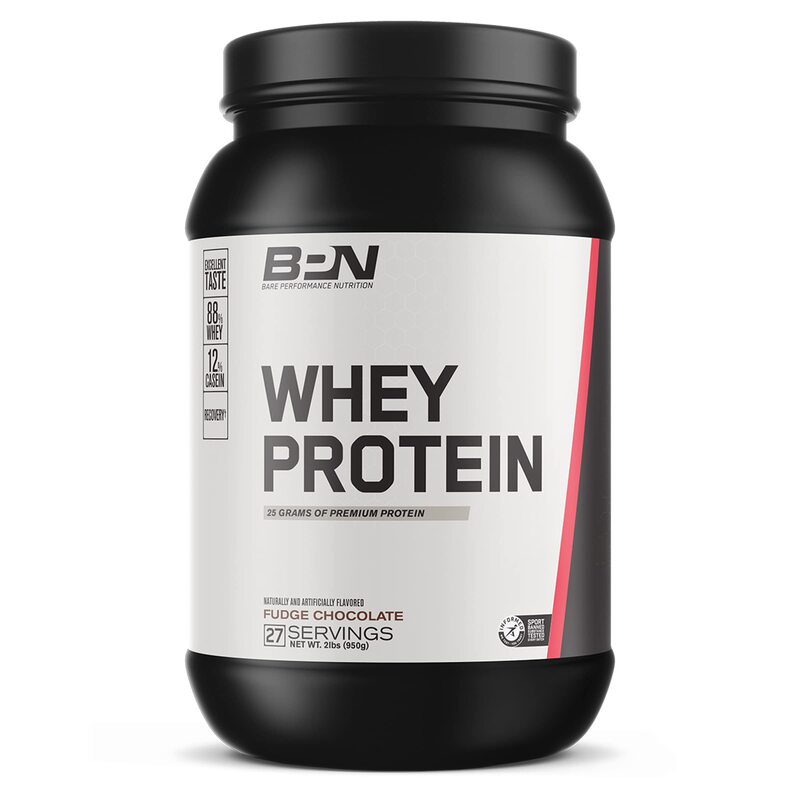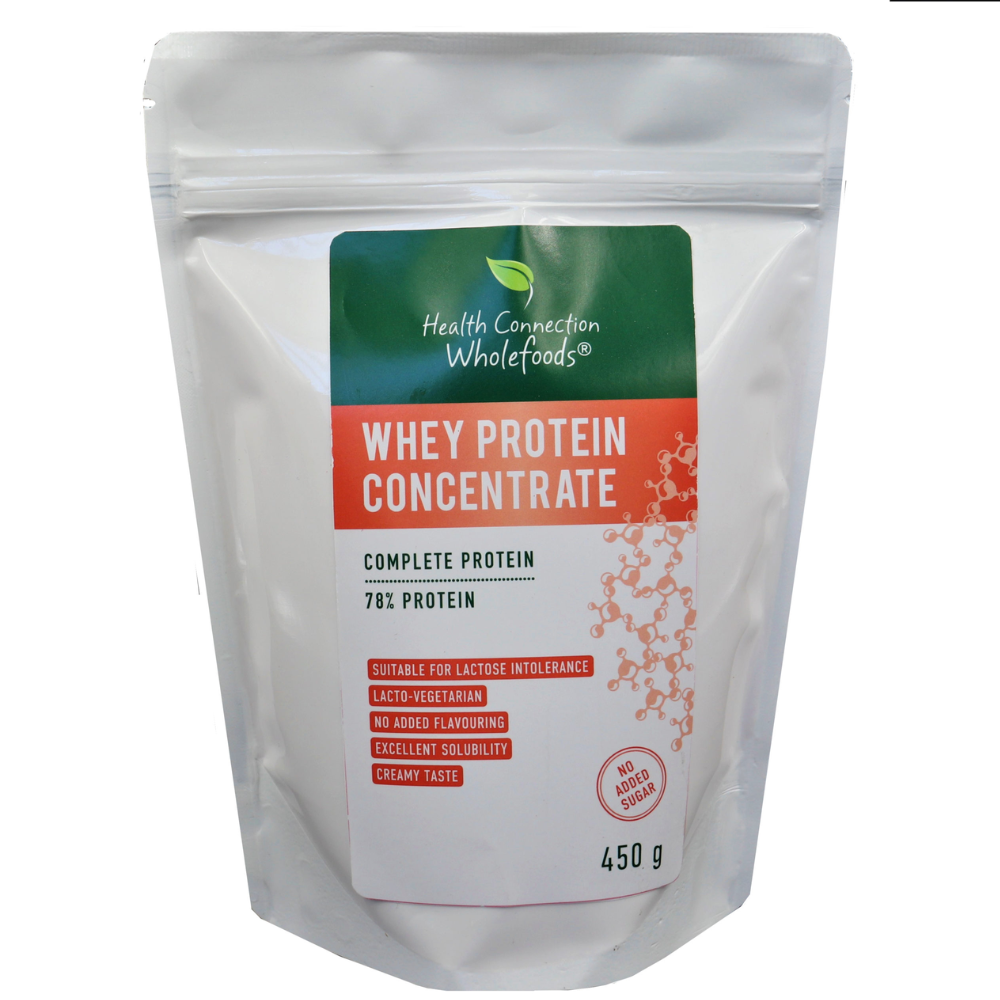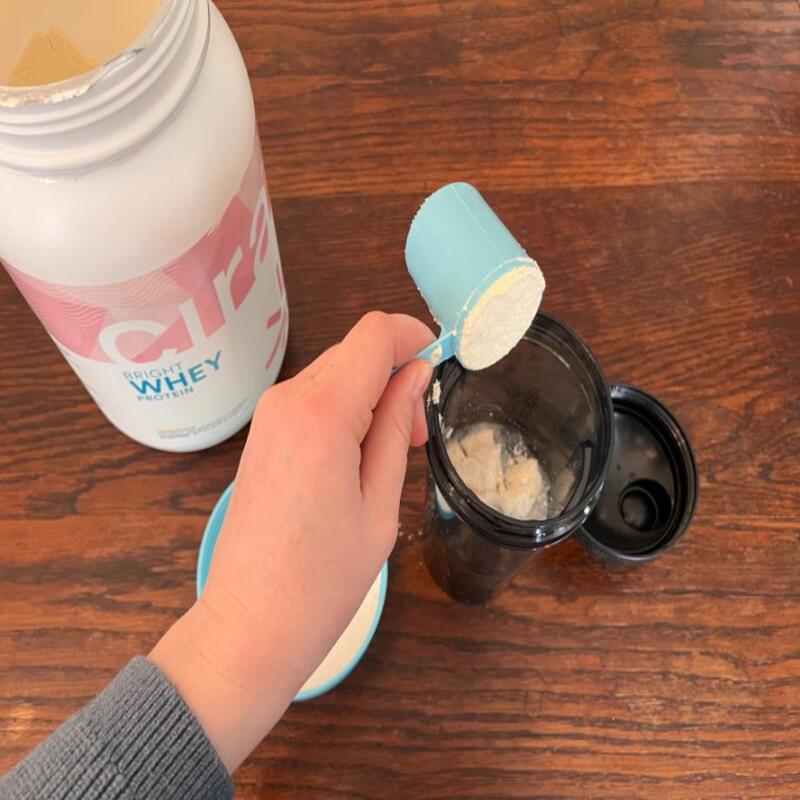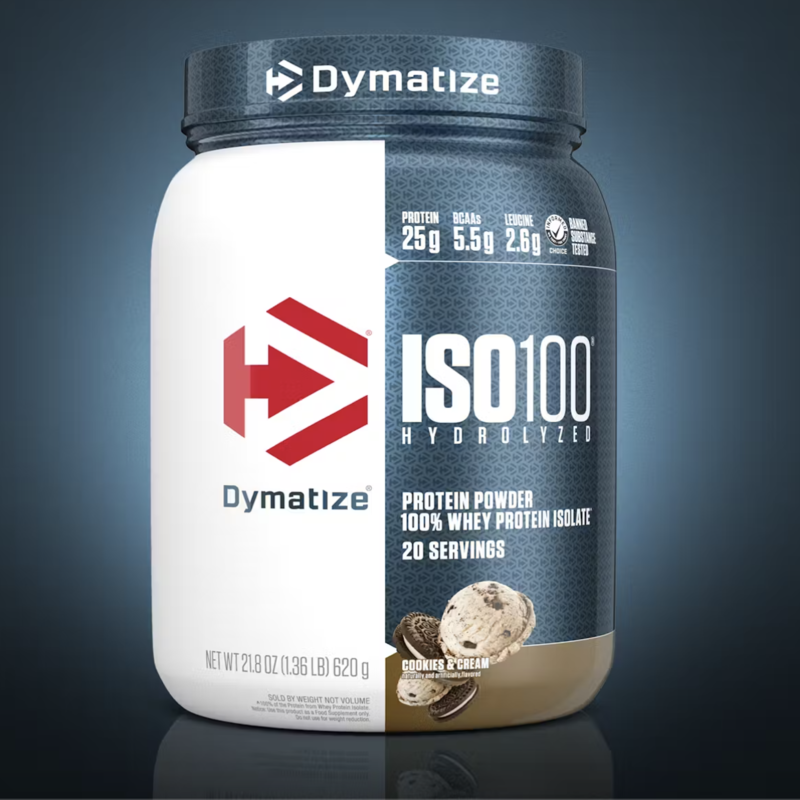Pancakes are a beloved breakfast staple in many households. However, traditional pancakes often lack the nutritional punch many people desire. Fortunately, by incorporating protein powder into your pancake mix, you can create a healthier, protein-rich version. Not only do these pancakes taste delicious, but they also provide an excellent way to start your day with energy. In this article, you will find a comprehensive guide on how to make pancakes using protein powder. Plus, you will learn about the benefits of protein powder in your diet.
Understanding Protein Powder
What is Protein Powder?
Protein powder is a popular dietary supplement. It typically comes in several forms, including whey, casein, soy, and pea protein. Each type offers its own benefits. For instance, whey protein is quickly absorbed by the body. In contrast, casein digests more slowly, providing a steady release of amino acids. This makes different types suitable for various dietary needs. Whether you are an athlete or someone looking for enhanced recovery, there’s a protein powder for you.
Benefits of Adding Protein to Your Pancakes
Incorporating protein powder into your pancakes significantly boosts their nutritional value. This addition has several benefits for your overall health. First, protein can help keep you satiated for longer periods. This could prevent overeating later in the day. Furthermore, protein is essential for muscle repair and growth, especially after workouts. By consuming protein at breakfast, you set a positive tone for the rest of the day.
Apart from muscle benefits, a protein-rich breakfast can support weight management. Research suggests that high-protein meals may increase metabolism. This is partly due to the higher thermic effect of food associated with protein. Additionally, many protein powders contain added vitamins and minerals. These nutrients can further enhance your overall diet, helping to bridge any nutritional gaps.

How to Make Protein Powder Pancakes
Ingredients You Need
Before diving into the cooking process, it’s essential to gather all the necessary ingredients. Here is a simple list to get you started. You will require one cup of oats or flour, one scoop of your preferred protein powder, two teaspoons of baking powder, and one tablespoon of sugar or a sweetener. Additionally, you will need one large egg, one cup of milk, and a quarter teaspoon of salt. You can also add vanilla extract for flavor.
Feel free to customize your ingredient choices based on personal preferences. For instance, you can use almond milk or coconut milk if you are lactose intolerant. You can also substitute regular flour with a gluten-free alternative if necessary. This customization makes these pancakes adaptable to various dietary needs. Thus, these pancakes can be enjoyed by everyone!
Step-by-Step Instructions
- Start by mixing the dry ingredients in a bowl. Combine the flour or oats, protein powder, sugar, baking powder, and salt. Stir until everything is evenly mixed. This step ensures that your pancakes rise perfectly.
- In a separate bowl, whisk together the egg and milk. Add a splash of vanilla extract for flavor. Then, pour the liquid mixture into the dry ingredients. Stir gently until just combined. Be cautious not to overmix, as doing so can lead to dense pancakes.
- Preheat your skillet over medium heat. Once hot, lightly grease it with cooking spray or a small amount of oil. Pour a ladleful of batter onto the skillet. Cook until you see bubbles forming on the top, then flip and cook the other side. This should take about 2-3 minutes per side.
- Repeat until all the batter is used up. You can keep finished pancakes warm in a preheated oven set to low heat. This ensures everyone can enjoy a warm meal together.
- Serve your pancakes with your favorite toppings. Options include fresh fruits, nuts, maple syrup, or yogurt. Enjoy your nutritious and delicious meal!
Tips for Perfect Protein Pancakes
Modifying Texture and Flavor
Some people may find protein pancakes denser than traditional pancakes. To combat this, consider adding a bit more liquid. Extra milk or even water can help lighten the batter. Additionally, try adding applesauce or mashed bananas for natural sweetness. These ingredients add moisture and flavor while further enhancing nutritional content.
If you prefer fluffier pancakes, consider separating the egg. Beat the egg white until stiff peaks form, then gently fold it into the batter. This extra step will add air to your pancakes, making them light and fluffy. Each method gives you a unique texture, allowing you to customize your pancakes as you desire.

Experimenting with Variations
Don’t be afraid to experiment with your pancake flavors! You can add chocolate chips for a sweet treat, or blueberries for a fresh bite. If you prefer autumn flavors, try adding cinnamon or pumpkin puree. Other great options include shredded coconut, nuts, or even a scoop of peanut butter.
The sky is the limit regarding pancake toppings. Pair your pancakes with Greek yogurt for extra protein. Alternatively, you can drizzle them with honey, agave syrup, or maple syrup. You could also use nut butter for an added creaminess. Let your creativity shine while you prepare these delicious protein pancakes.
Nutritional Considerations
Caloric Content and Balance
People have varying dietary needs based on their lifestyles. While protein pancakes are generally healthier than traditional ones, it’s essential to consider caloric intake. Each ingredient contributes to the overall calorie count. If you’re watching your calorie consumption, pay attention to portion sizes. Enjoying a moderate serving of protein pancakes will fuel your body appropriately.
You might also want to balance your meal by adding some fruit. Fresh berries or sliced bananas can complement your pancakes. These fruits add vitamins and minerals while providing natural sweetness. Seasonal fruits are an excellent choice, offering freshness to your meal.
Keeping it Healthy
While topping your pancakes with syrup or whipped cream can be tempting, moderation is key. Opt for wholesome toppings that maintain the health benefits of your pancakes. Nut butters, yogurt, and chia seeds are nutritious options. Additionally, they enhance flavor while providing healthy fats.
Another consideration involves your choice of protein powder. Select a product that has minimal additives or sugars. This choice keeps your pancakes healthy while still maintaining flavor. When shopping, read labels carefully to make informed choices.

Serving Ideas for Your Pancakes
While pancakes are delicious on their own, consider various serving options. Toppings elevate them to a new level. Start with syrup; maple syrup or honey are classic choices. However, you can also drizzle nut butter for added protein. Almond or peanut butter can complement flavors beautifully.
Fruit and Yogurt Toppings
Another great option is fresh fruits. Berries, bananas, or sliced peaches add brightness. They also provide natural sweetness and additional nutrients. Furthermore, consider adding yogurt for extra creaminess. Greek yogurt is an excellent source of protein too. Simply dollop some on top of your pancakes for a delightful treat.
Homemade Sauces
For those who enjoy creativity in the kitchen, consider making homemade sauces. A simple berry compote can enhance flavors significantly. Just cook your choice of berries in a saucepan with a bit of honey or maple syrup. Allow them to simmer until they break down into a sauce. Drizzle this over your pancakes for a beautiful presentation.
Conclusion
Protein powder pancakes are a great way to elevate your breakfast routine. This recipe not only adds flavor but also increases nutritional value. By incorporating protein powder, you ensure your pancakes are both delicious and healthy. Additionally, with countless variations available, these pancakes can suit everyone’s taste.
Whether you are trying to build muscle or simply seeking a healthier breakfast, protein pancakes offer versatile benefits. With simple ingredients and easy steps, they are a wonderful addition to any breakfast table. So why not try making them? You might just find your new favorite breakfast option! Enjoy experimenting with flavors and toppings, and make the recipe your own. Happy cooking!




































